Dr. Kyoungseon Min’s research team at the Korea Institute of Energy Research (KIER) has developed a process to produce enantioselective bio-aviation fuel precursors ((R)-gamma-valerolactone) from seaweed.
Tag: Biomass
Breakthrough in Biofuel Production: Rhodococcus Strain N1-S Transforms Succinic Acid Production
Researchers from China have achieved a breakthrough in biofuel production with the development of Rhodococcus aetherivorans strain N1, a new species, and its enhanced variant, N1-S. The study highlights how N1-S excels at detoxifying toxic byproducts from lignocellulosic biomass, resulting in a remarkable 6.5-fold increase in succinic acid yields compared to traditional methods.
Woody biomass waste derivatives in decarbonised blast furnace ironmaking process
Abstract Modern ironmaking process relies significantly on fossil-related fuels, which ultimately results in the enormous CO2 emitted into the atmosphere. Biomass of plant origin, as a carbon-neutral energy source, has been considered as an alternative to fossil-based reducing agents such as…
Optimization of a syngas-fueled SOFC-based multigeneration system: Enhanced performance with biomass and gasification agent selection
Abstract In light of abundant sources of biomass feedstocks and regarding the higher performance in syngas-fueled-based SOFC systems, this work proposes a novel multigeneration system based on the combination of syngas-fuel SOFC, Kalina cycle, humidification-dehumidification desalination unit, and proton exchange…
Feasibility of agricultural biomass in Southeast Asia for enzymes production
Abstract The agricultural sector in Southeast Asia holds significant importance for the region’s economies, playing a vital role in employment and ensuring food security. Major contributors to this sector include Indonesia, Vietnam, Thailand, the Philippines, and Malaysia. In fact, the…
Power Generated from Waste Branches and Kudzu Vines
The Korea Institute of Energy Research develops technology to transform discarded forestry and agricultural waste into solid-type biofuel for power generation. Developing technology to upcycle non-edible waste into carbon-neutral fuel is crucial for constructing a circular bioeconomy as well as coping with climate crisis.
Fundamental designs of gasification plants for combined heat and power
Abstract Biomass gasification is a commonly used thermochemical process from which a wide diversity of commodities can be generated. Meanwhile, biomass gasification, producer gas cleaning, and heat and power generation present several technology constraints. Therefore, to endorse the exploitation of…
Webb named Fellow of the American Society of Agricultural and Biological Engineers
Erin Webb, lead for the Bioresources Science and Engineering group at Oak Ridge National Laboratory, has been elected a Fellow of the American Society of Agricultural and Biological Engineers, or ASABE — the society’s highest honor.
New route to recyclable polymers from plants
Cellulose, abundantly available from plant biomass, can be converted into molecules used to make a new class of recyclable polymers, to sustainably replace some plastics.
Important additional driver of insect decline identified: Weather explains the decline and rise of insect biomass over 34 years
Insects react sensitively when temperature and precipitation deviate from the long-term average. In an unusually dry and warm winter, their survival probabilities are reduced; in a wet and cold spring, hatching success is impaired.
New asphalt binder alternative is less toxic, more sustainable than conventional blend
Bio-based asphalt binder can replace petroleum based products, known as bitumen, to reduce toxic fumes, increase worker safety and enhance surface sustainability.
Six of nine planetary boundaries now exceeded
A new study updates the planetary boundary framework and shows human activities are increasingly impacting the planet and, thereby, increasing the risk of triggering dramatic changes in overall Earth conditions.
Whole Orchard Recycling Provides Alternative to Burning Trees
Whole orchard recycling is an alternative process for disposing of trees at the end of their productive lives. Researchers are studying how this process may also help improve nitrogen in soils. Hear a microbiologist explain whole orchard recycling on the Environmental Molecular Sciences Laboratory’s Bonding Over Science podcast.
Chemists build synthetic catalysts to break down biomass like super enzymes
Chemists are building nanospheres that act as super enzymes to break down the plant fibers in biomass such as crop residues. The new catalysts could make biomass a practical source of sugars that can be converted into fuels and chemicals.
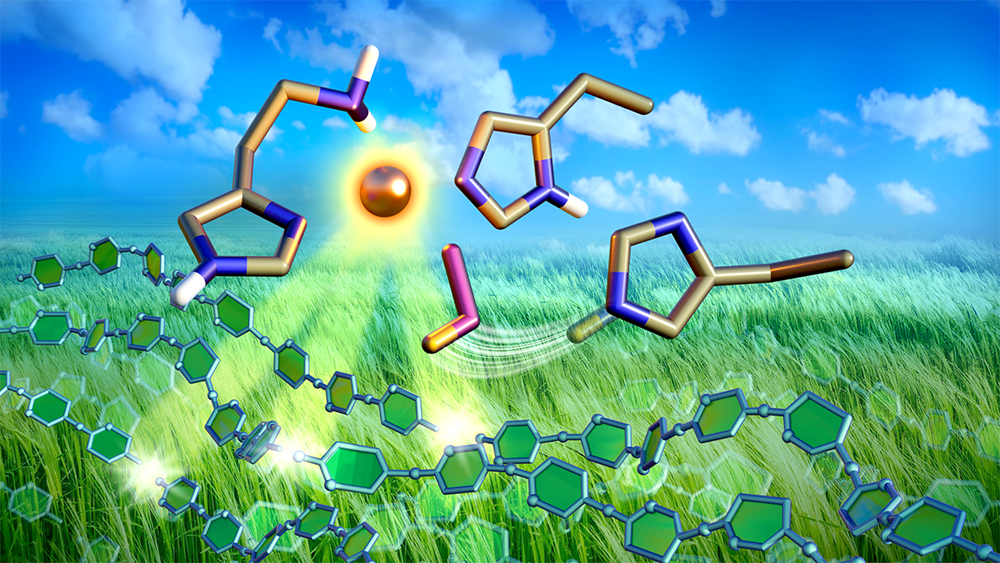
The copper key to more efficient biomass breakdown
Nonfood, plant-based biofuels have potential as a green alternative to fossil fuels, but the enzymes required for production are too inefficient and costly to produce. However, new research is shining a light on enzymes from fungi that could make biofuels economically viable.
Nitrogen addition and mowing alter drought resistance and recovery of grassland communities
This study is led by Dr. Zhuwen Xu (School of Ecology and Environment, Inner Mongolia University). The effects of increased nitrogen input and mowing on the resistance and recovery of temperate grassland experiencing a three-year natural drought (from 2015 to 2017) were investigated based on a five-year field manipulative experiment.
Nature Favors all Creatures Great and Small Over Medium
A survey of body sizes of Earth organisms, published Wednesday, March 29, in the science journal PLoS ONE, shows that the planet’s biomass – the material that makes up all living organisms – is concentrated in organisms at either end of the size spectrum.
A vicious circle: Climate change affects greenhouse gas emissions from stream networks
Natural greenhouse gas emissions from streams and lakes are strongly linked to water discharge and temperature according to a new study led by Linköping University, Sweden.
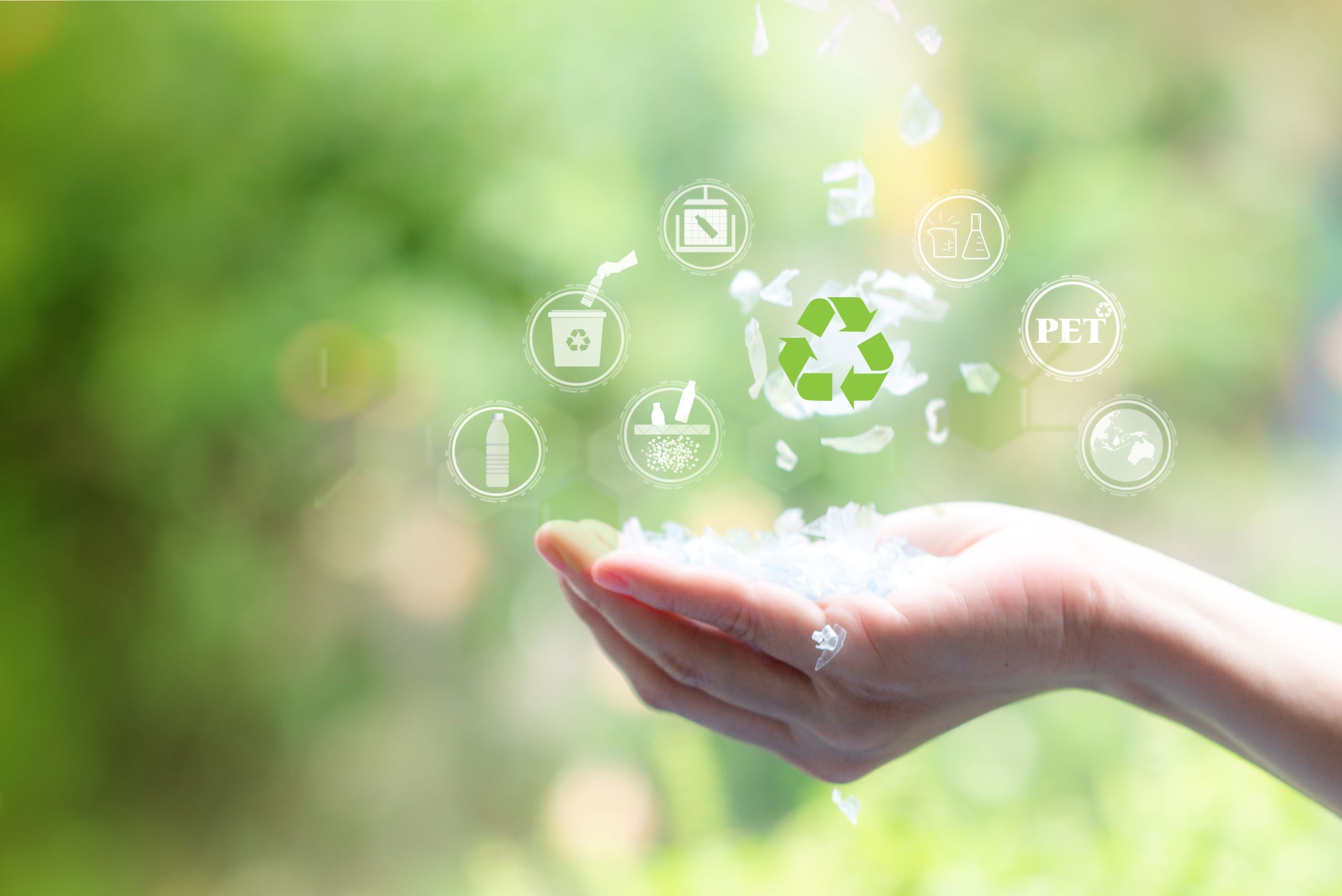
Call for Abstracts – The 11th International Symposium on Feedstock Recycling of Polymeric Materials (ISFR)
The Center of Excellence on Petrochemical and Materials Technology together with Chulalongkorn University’s Department of Chemical Technology (Faculty of Science), the Petroleum and Petrochemical College, and Research Association for Feedstock Recycling of Plastics (FSRJ) (Japan) cordially invite all interested to join the “11th International Symposium on Feedstock Recycling of Polymeric Materials (ISFR)” on November 29 – December 2, 2022 at Nongnooch Garden Pattaya, Chonburi, Thailand. The event will be one of the first carbon-neutral events to be held in Thailand.
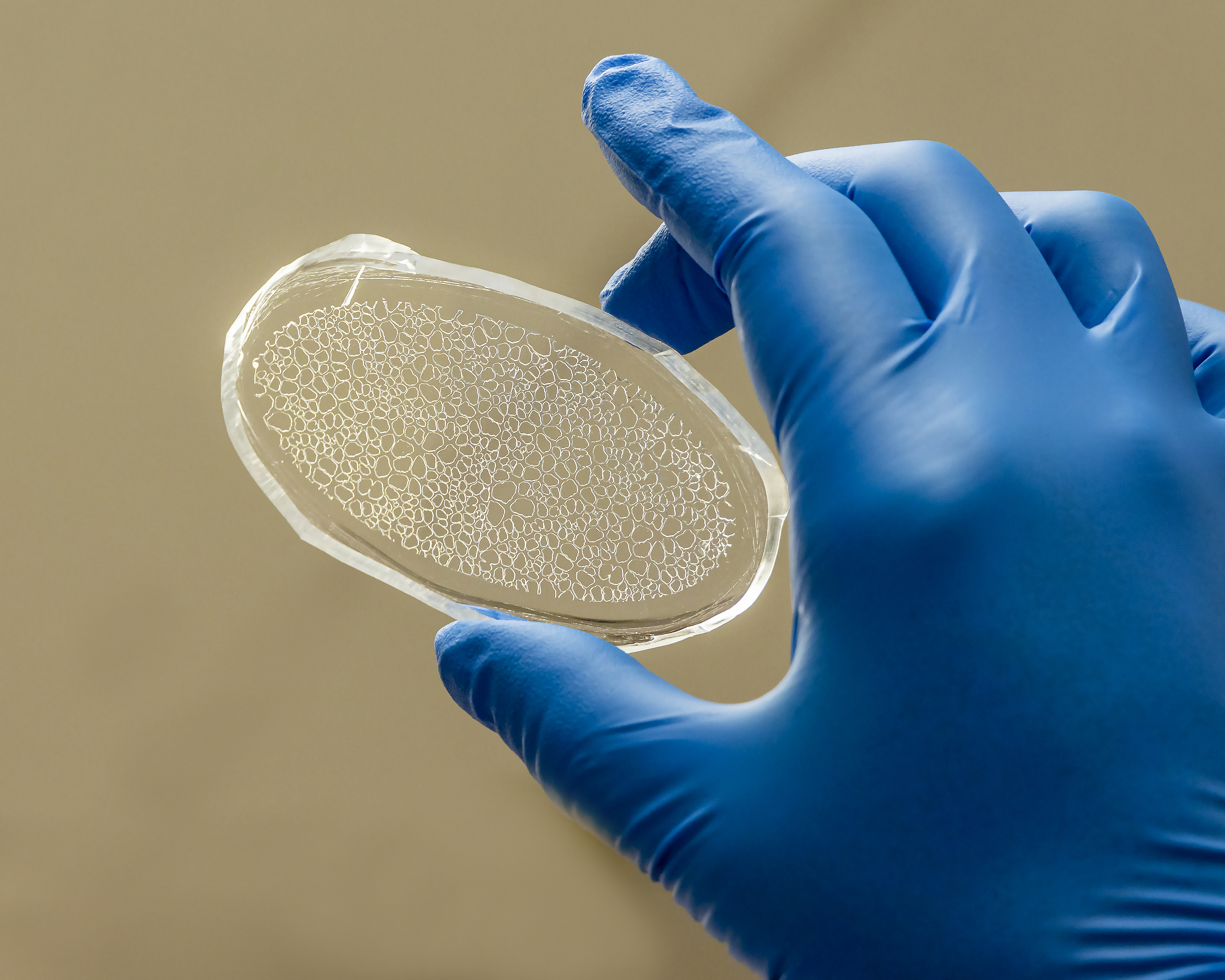
Unearthing the secrets of plant health, carbon storage with rhizosphere-on-a-chip
Scientists at the Department of Energy’s Oak Ridge National Laboratory have created a miniaturized environment to study the ecosystem around poplar tree roots for insights into plant health and soil carbon sequestration.
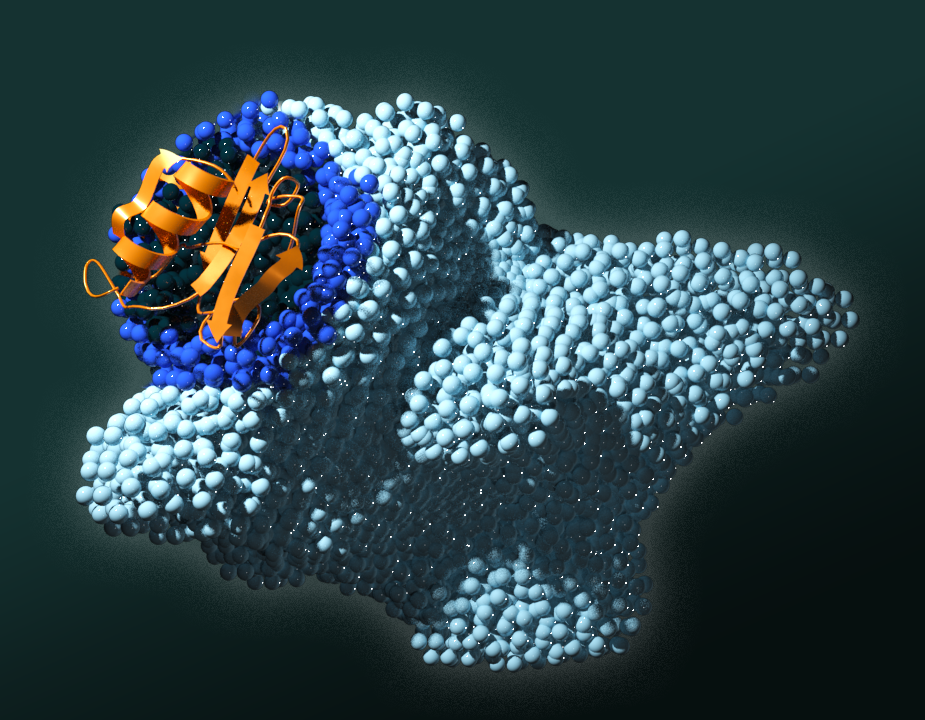
Scientists discover cancer trigger that could spur targeted drug therapies
Researchers at the Department of Energy’s Oak Ridge National Laboratory have definitively linked the function of a specific domain of proteins important in plant-microbe biology to a cancer trigger in humans, knowledge that had eluded scientists for decades.
Capturing carbon with crops, trees and bioenergy
An integrated approach to land management practices in the U.S. can reduce carbon dioxide in the atmosphere far more than earlier estimates based on separate approaches, Michigan State University researchers say. Their research was published in the journal Global Change Biology.
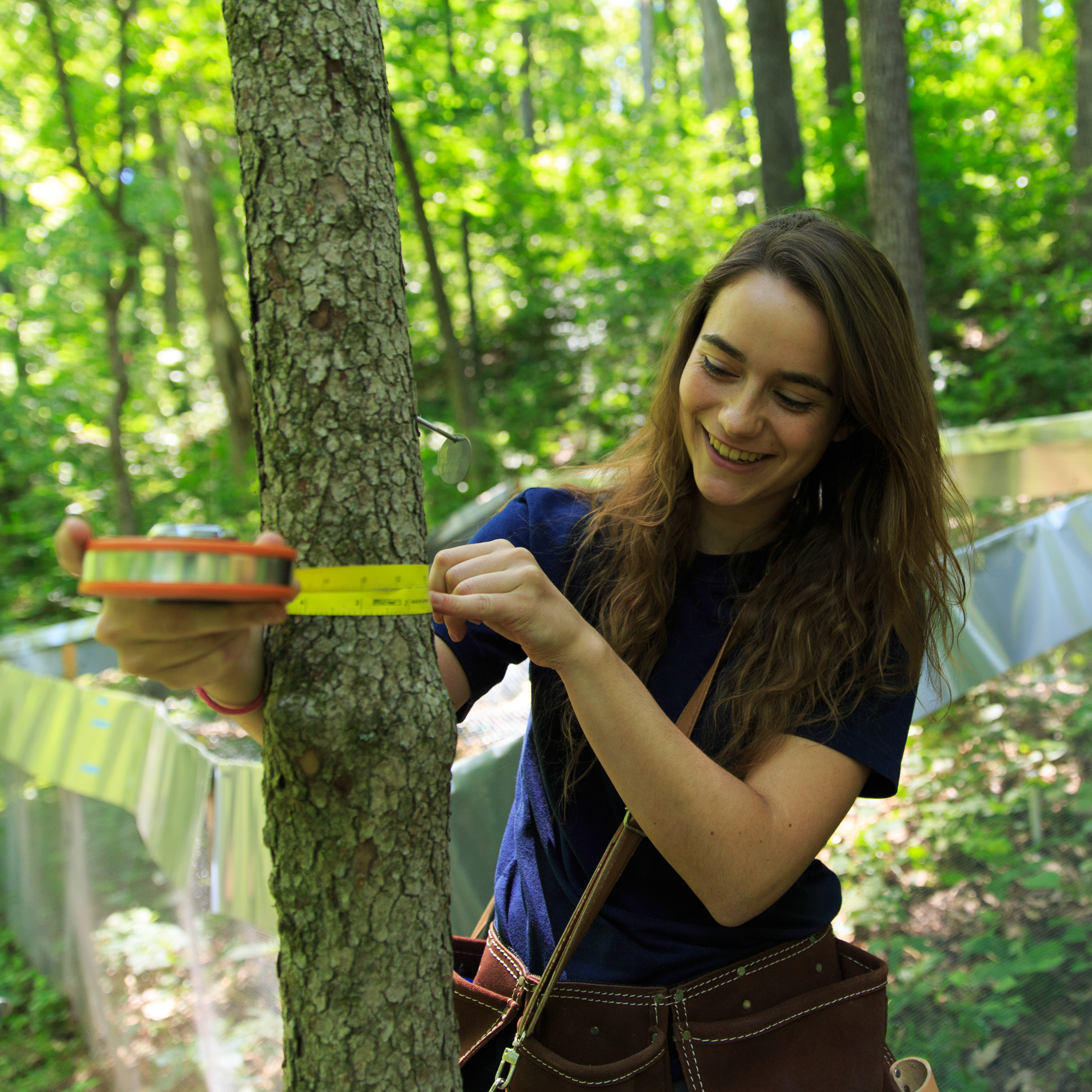
The space between us
Tree beta diversity — a measure of site-to-site variation in the composition of species present within a given area — matters more for ecosystem functioning than other components of biodiversity at larger scales. The finding has implications for conservation planning.
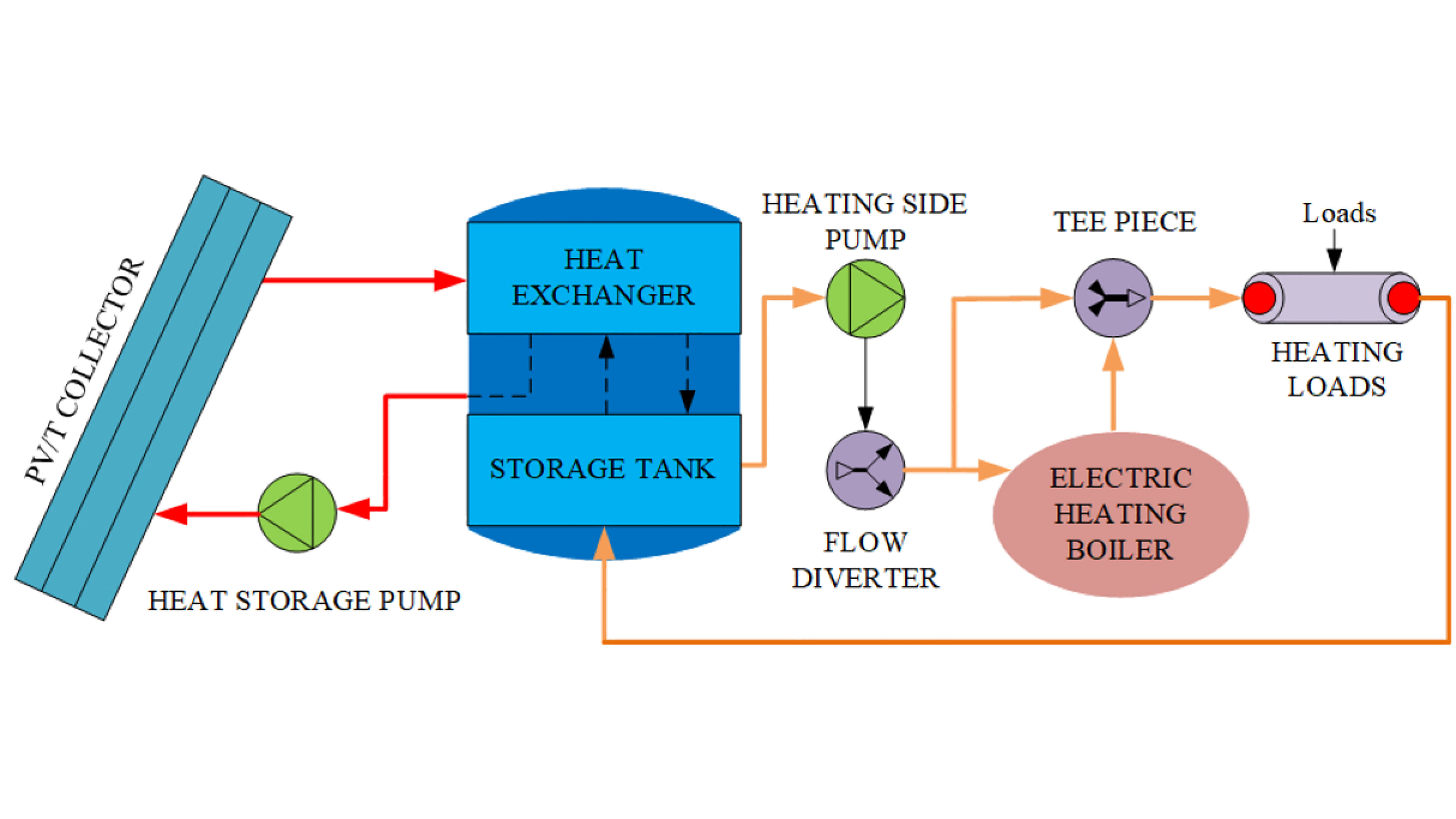
Solar-Biomass Hybrid System Satisfies Home Heating Requirements in Winter
In Journal of Renewable and Sustainable Energy, researchers in China and the United States outline a computer simulation model addressing the challenge of solar power’s inherent intermittency by adding biomass as another renewable energy source to advance a reliable, affordable heating solution while reducing carbon dioxide emissions. The proposed solar-biomass hybrid system is based on distributed multi-generation technology that integrates photovoltaic-thermal and biomass power sources.
Designing Microbe Factories for Sustainable Chemicals
Scientists have devised a way to engineer yeast to produce sustainable, eco-friendly commodity chemicals using computing power as a guide.
Development of a curious robot to study coral reef ecosystems awarded $1.5 million by the National Science Foundation
A grant by the National Science Foundation to researchers at the Woods Hole Oceanographic Institution (WHOI) and Syracuse University aims to open new avenues of robotic study of coral reefs by developing autonomous underwater vehicles capable of navigating complex environments and of collecting data over long periods of time. The team led by WHOI computer scientist Yogesh Girdhar aims to build a robot capable of navigating a reef ecosystem and measuring the biomass, biodiversity, and behavior of organisms living in or passing through a reef over extended periods of time.
Pretreating Nuisance Green Algae with Lye, Urea Increases Bacterial Production of Biogas
An international research team reports their success in using urea and sodium hydroxide (NaOH, commonly known as lye or caustic soda) as a pretreatment of algae, which breaks down cellulose and more than doubles biogas production under their initial experimental conditions.
On-Site Hydrogen Production Technology Accelerates to Market
SoCalGas recently licensed a PNNL-developed generation system that uses sunlight to convert natural gas and water into hydrogen and capture the carbon dioxide (CO2) to prevent carbon emissions. Hydrogen has many applications, including powering vehicles and homes.
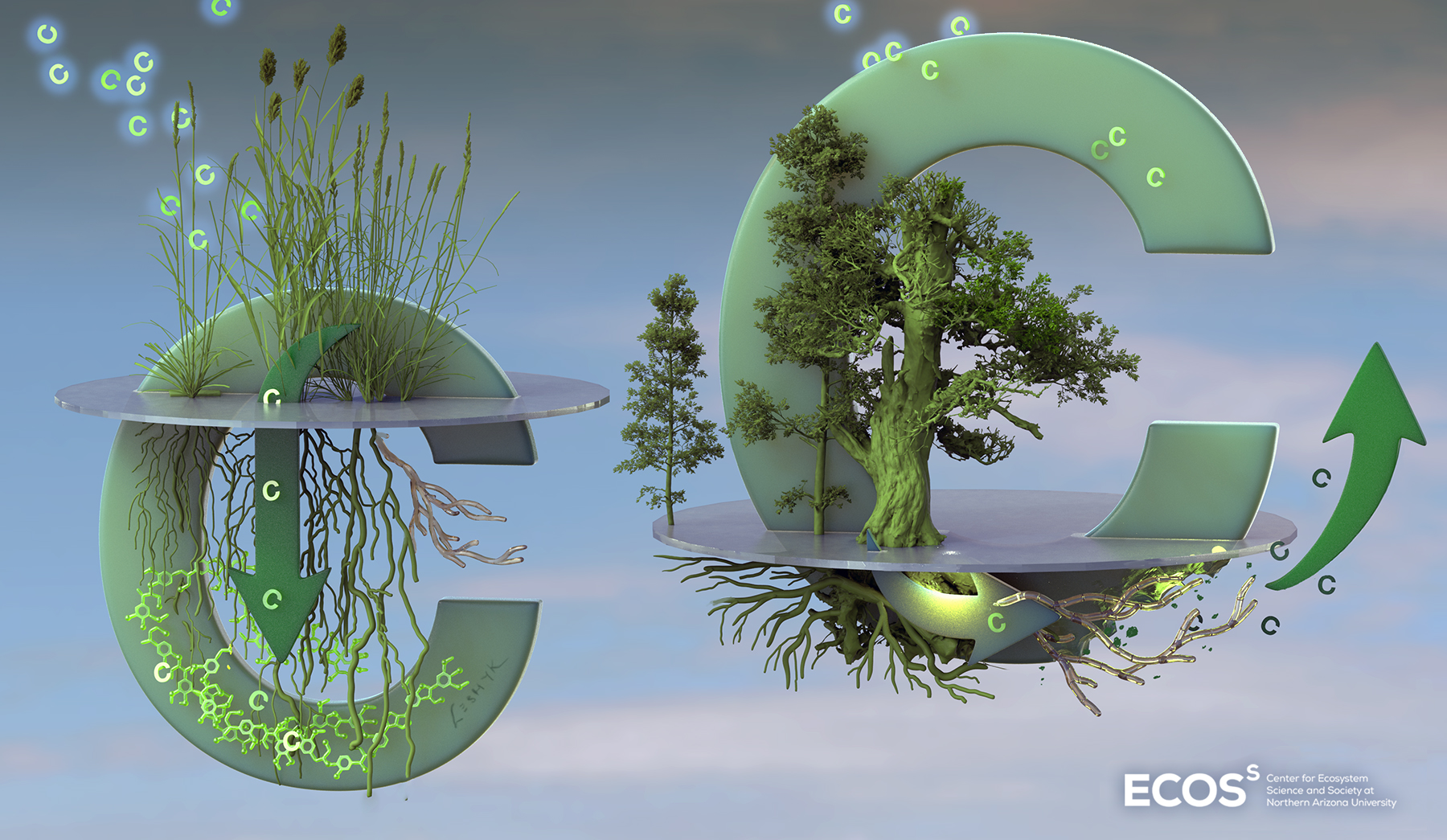
Elevated CO2 emissions increase plant carbon uptake but decrease soil carbon storage
Elevated carbon dioxide emissions from human activities increase the uptake of carbon by plants but may decrease storage in soil. An international team led by Lawrence Livermore National Laboratory (LLNL) scientists synthesized 108 elevated carbon dioxide (CO2) experiments in various ecosystems to find out how much carbon is absorbed by plants and soil.
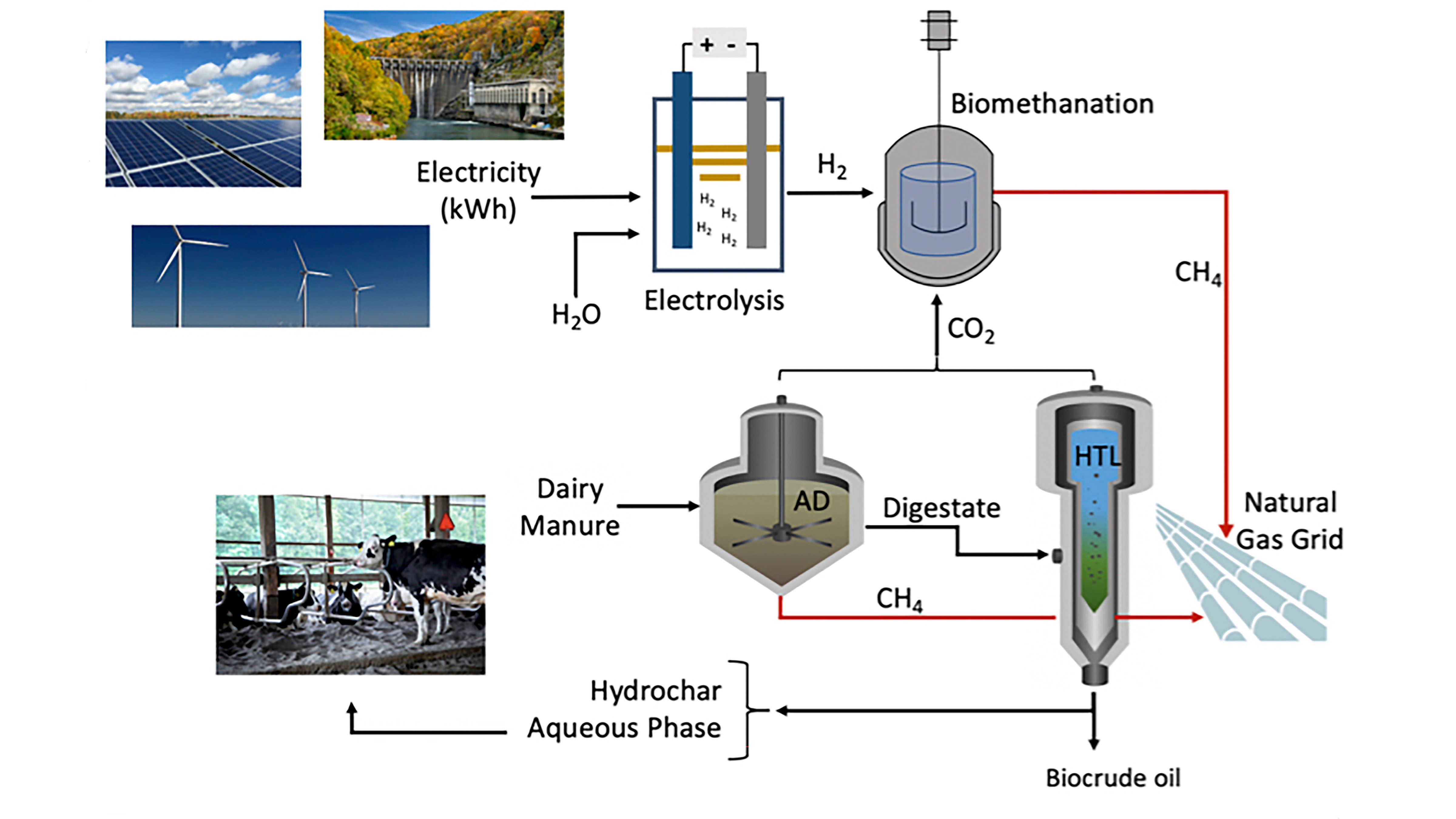
Cornell University to Extract Energy from Manure to Meet Peak Heating Demands
Cornell University is developing a system to extract energy from cattle manure to meet the campus’s peak demands for heat in the winter months. In the Journal of Renewable and Sustainable Energy, scientists involved with the project give a detailed analysis of the issues required to make this work, including scientific, economic, and energy policy considerations.
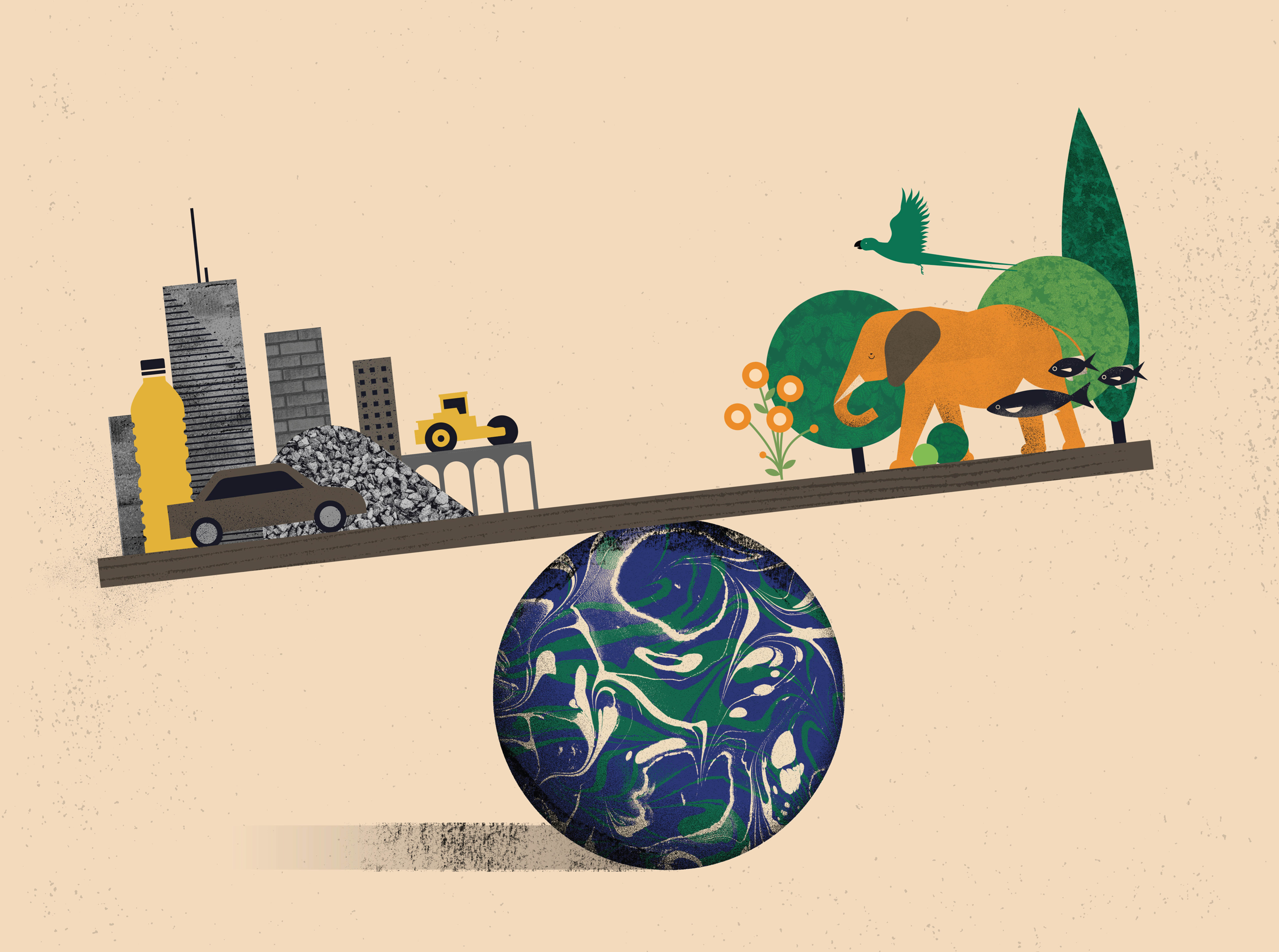
The Mass of Human-Made Materials Now Equals the Planet’s Biomass, Weizmann Institute Finds
The Weizmann Institute’s Prof. Ron Milo has shown that the mass of materials humans produce is now equal to that of all living things on Earth – and we’re doubling that rate every 20 years. He warns that we are at the crossover point and must all “take responsibility.”
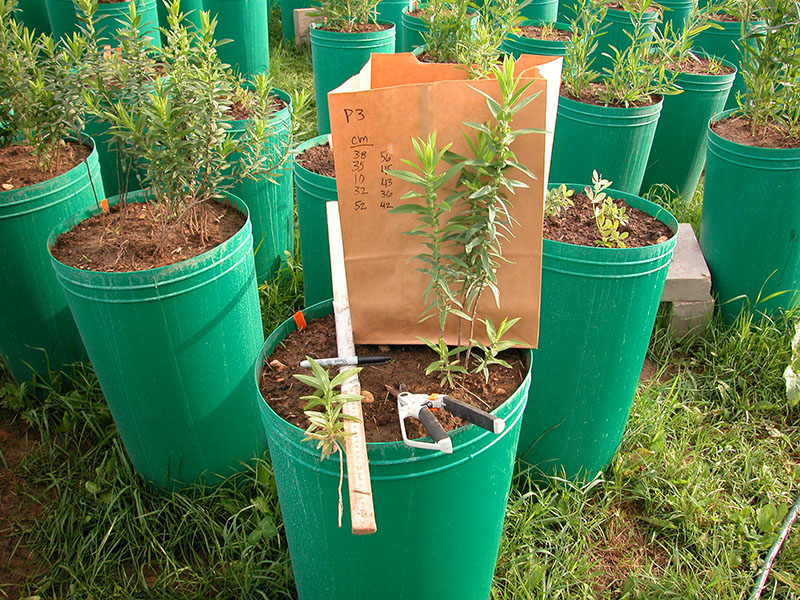
Can the parts of plants we can see help predict the parts of them we can’t?
Aboveground traits can predict what certain species look like below the ground
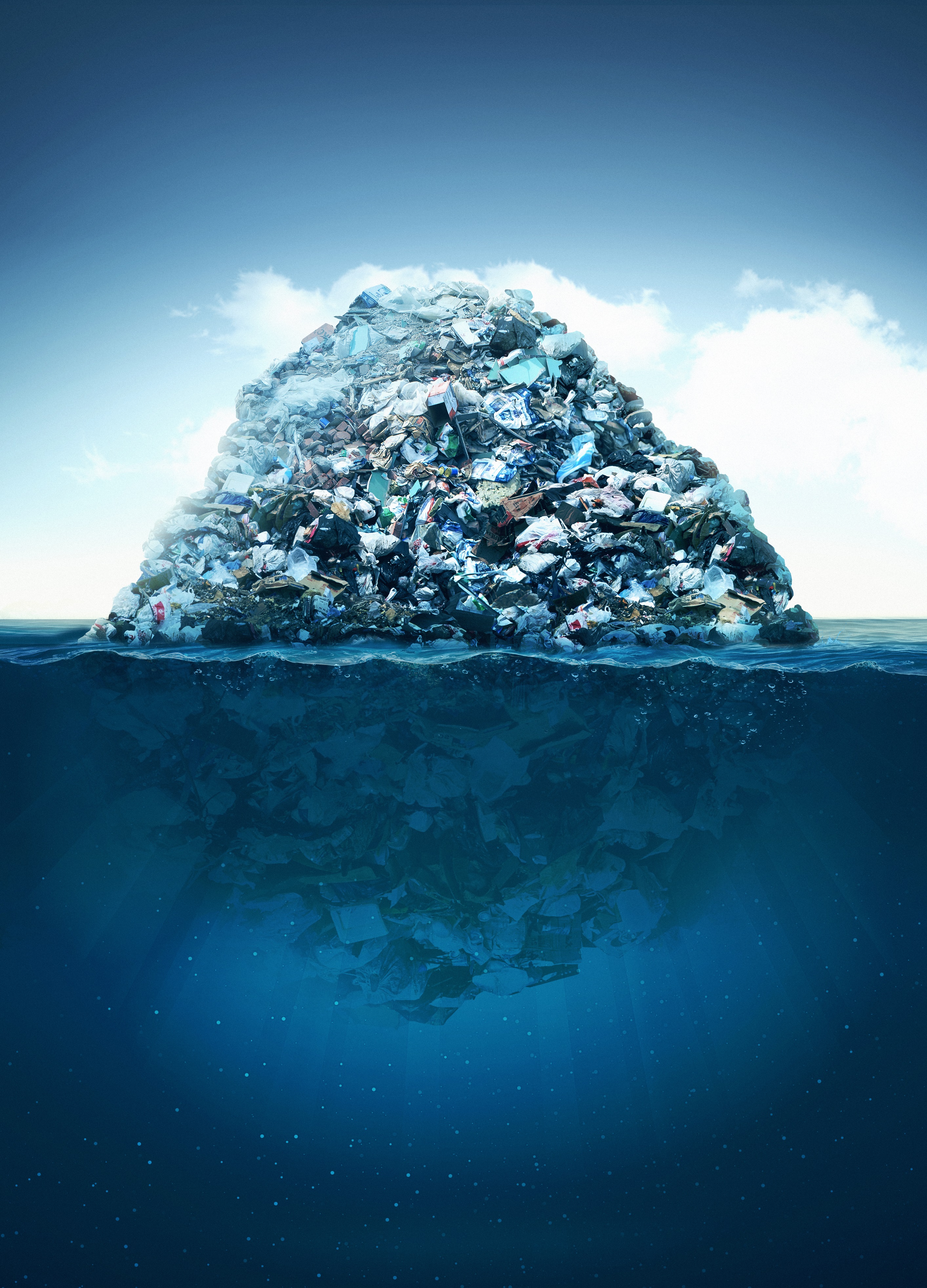
Study First to Tally Biomass from Oceanic Plastic Debris Using Visualization Method
Scientists examined cell abundances, size, cellular carbon mass, and how photosynthetic cells differ on polymeric and glass substrates over time, exploring nanoparticle generation from plastic like polystyrene and how this might disrupt microalgae. Conservative estimates suggest that about 1 percent of microbial cells in the ocean surface microlayer inhabit plastic debris globally. This mass of cells would not exist without plastic debris in the ocean, and thus, represents a disruption of the proportions of native flora in that habitat.
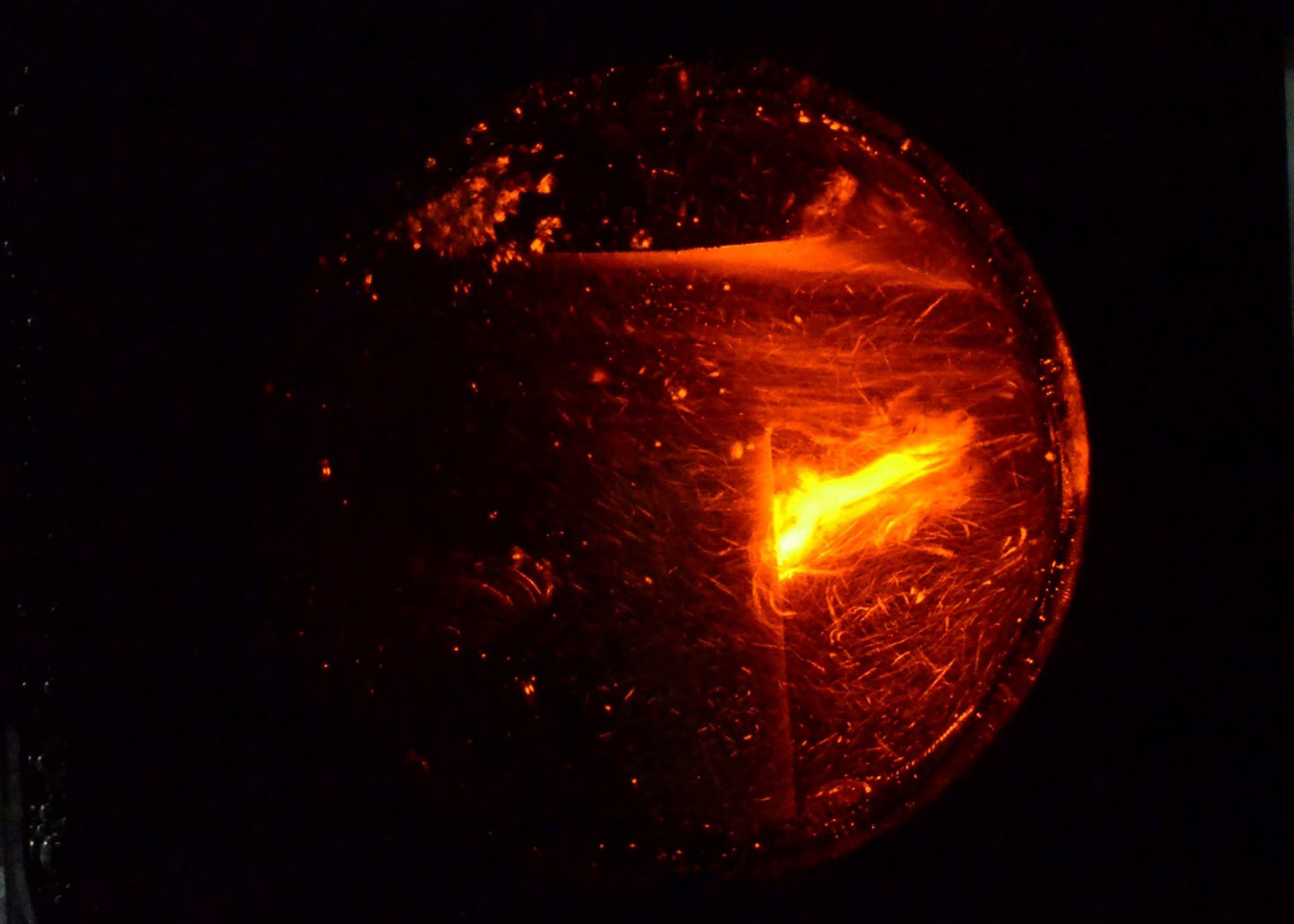
Inducing Plasma in Biomass Could Make Biogas Easier to Produce
Producing biogas from the bacterial breakdown of biomass presents options for a greener energy future, but the complex composition of biomass comes with challenges. Cellulose and woody lignocellulose are especially hard for bacteria to digest but pretreatment can make it easier. Researchers are testing plasma formation in biomass and finding a promising method: A plasma-liquid interaction forms reactive species that help break down the biomass and decrease the viscosity of the biomass material.

New Process Boosts Lignin Bio-oil as a Next-Generation Fuel
A new low-temperature multi-phase process for upgrading lignin bio-oil to hydrocarbons could help expand use of the lignin, which is now largely a waste product left over from the productions of cellulose and bioethanol from trees and other woody plants.
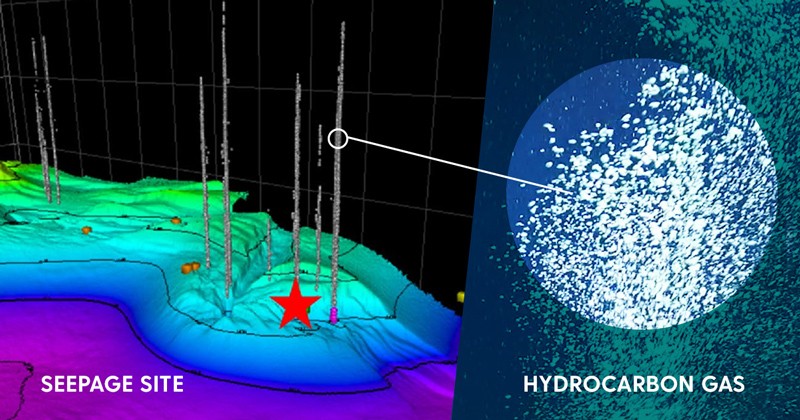
A New Look at Deep-Sea Microbes
Microbes found deeper in the ocean are believed to have slow population turnover rates and low amounts of available energy. But microbial communities found deeper in seafloor sediments and around hydrocarbon seepage sites have now been found to have more energy available and a higher population turnover. Deeper sediments in the seepages are most likely heavily impacted by the material coming up from the bottom, which means that the seep could be supporting a larger amount of biomass than previously thought.
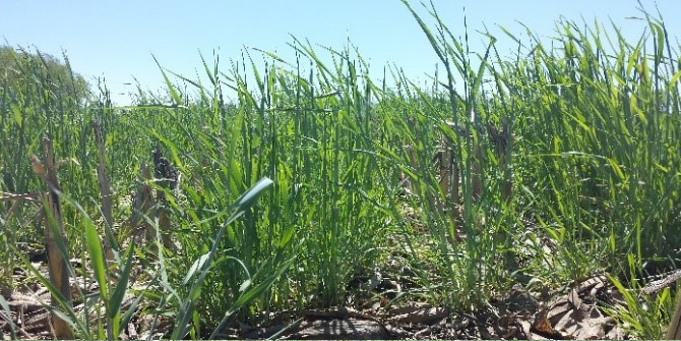
Impacts of cover crop planting dates on soil properties after four years
Low biomass production limits cover crop effects on soils
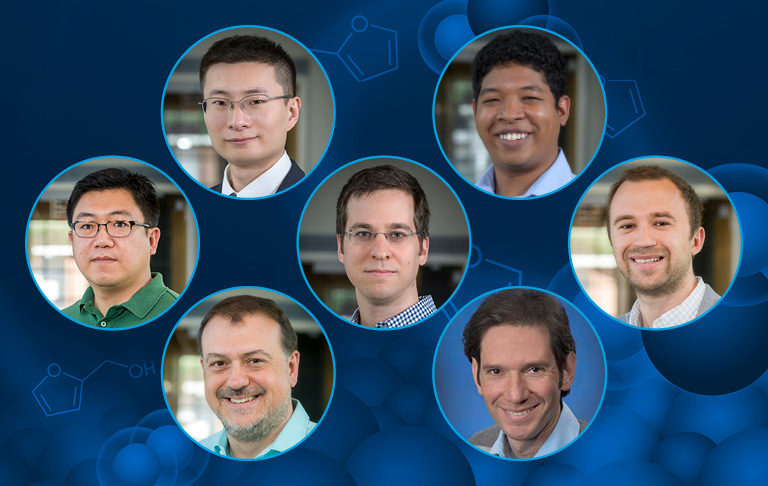
Upgrading Biomass with Selective Surface-Modified Catalysts
Loading single platinum atoms on titanium dioxide promotes the conversion of a plant derivative into a potential biofuel.
Birds of a feather better not together
A new study of North American birds from Washington University in St. Louis finds that the regional stability of ecosystems over time depends on both the total number of species present in a locality and on the variation in species identities among localities.
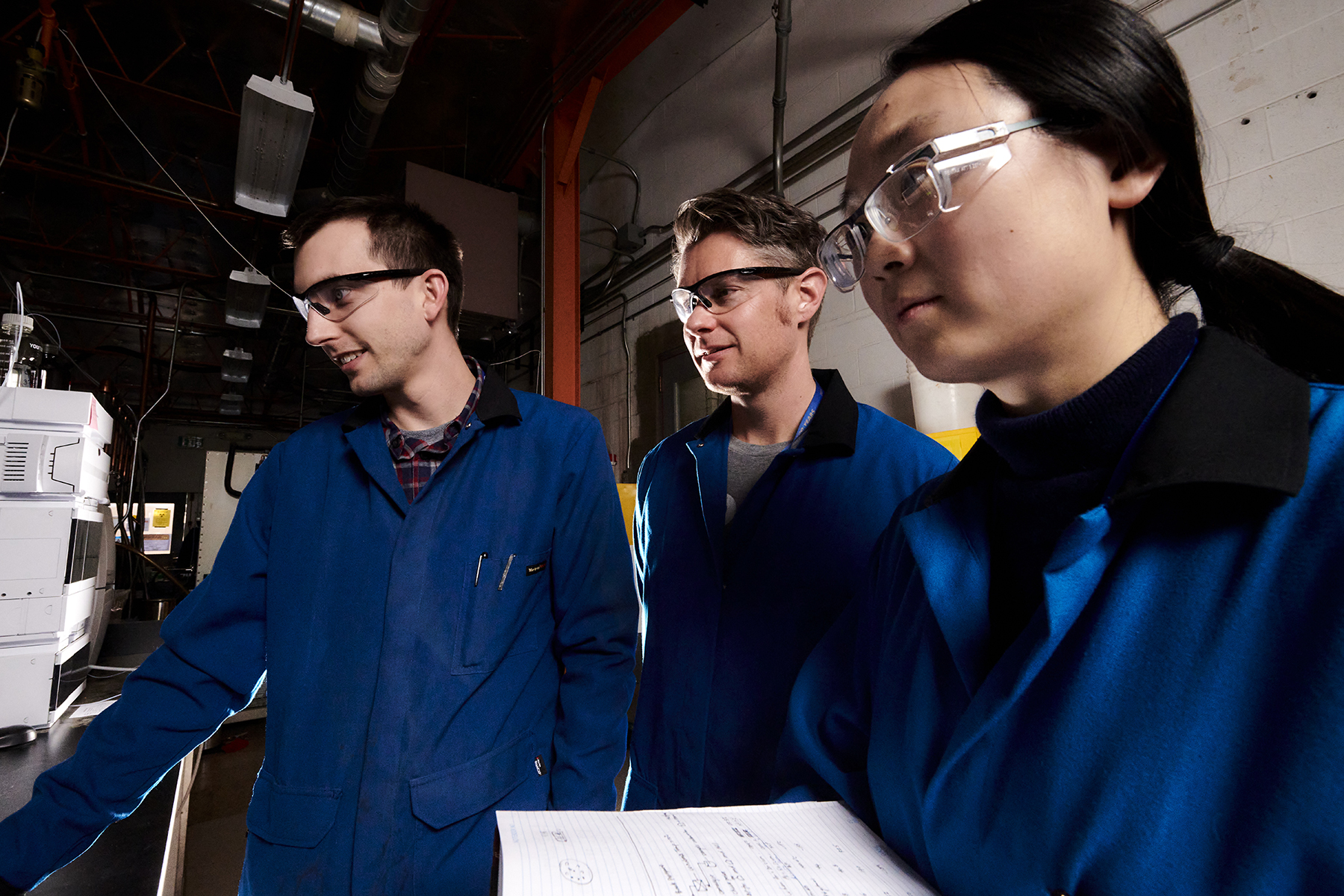
Acetone plus light creates a green jet fuel additive
Take biomass-derived acetone—common nail polish remover—use light to upgrade it to higher-mass hydrocarbons, and, voila, you have a domestically generated product that can be blended with conventional jet fuel to fly while providing environmental benefits, creating domestic jobs, securing the nation’s global leadership in bioenergy technologies, and improving U.S. energy security.
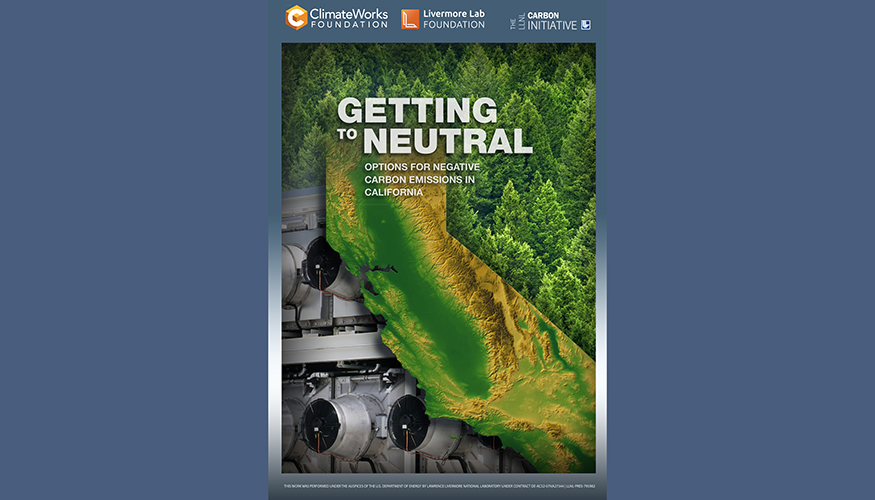
Lawrence Livermore National Laboratory, Livermore Lab Foundation, ClimateWorks to unveil report on California’s road to carbon neutrality
LLNL will host a briefing to unveil the new report “Getting to Neutral: Options for Negative Carbon Emissions in California,” which identifies a robust suite of technologies to help California clear the last hurdle and become carbon neutral by 2045.
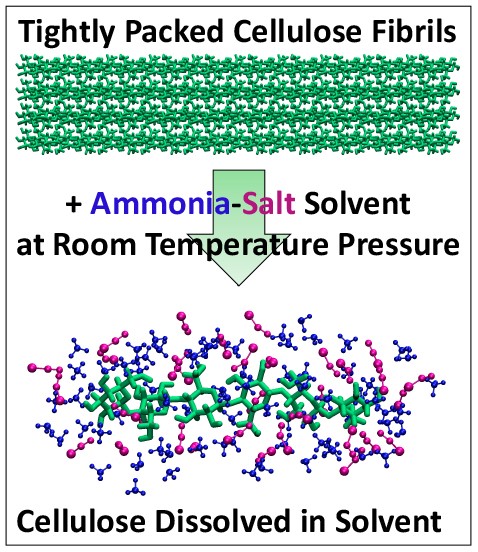
How to Make it Easier to Turn Plant Waste into Biofuels
Researchers have developed a new process that could make it much cheaper to produce biofuels such as ethanol from plant waste and reduce reliance on fossil fuels. Their approach, featuring an ammonia-salt based solvent that rapidly turns plant fibers into sugars needed to make ethanol, works well at close to room temperature, unlike conventional processes, according to a Rutgers-led study in the journal Green Chemistry.
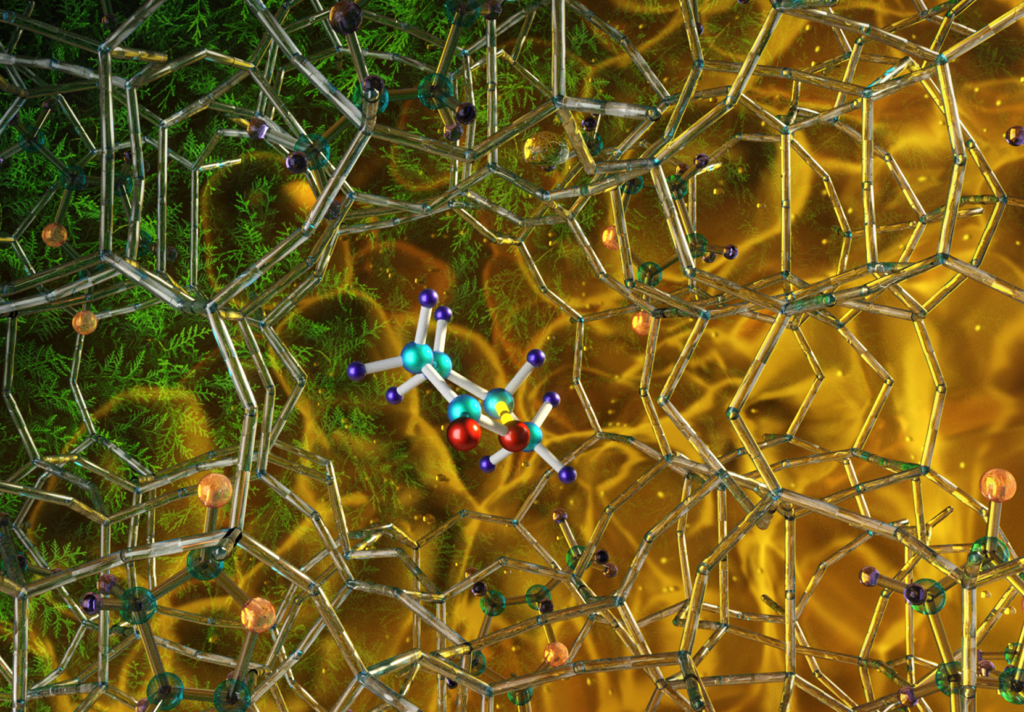
Neutrons optimize high efficiency catalyst for greener approach to biofuel synthesis
Researchers led by the University of Manchester used neutron scattering at Oak Ridge National Laboratory in the development of a catalyst that converts biomass into liquid fuel with remarkably high efficiency and provides new possibilities for manufacturing renewable energy-related materials.